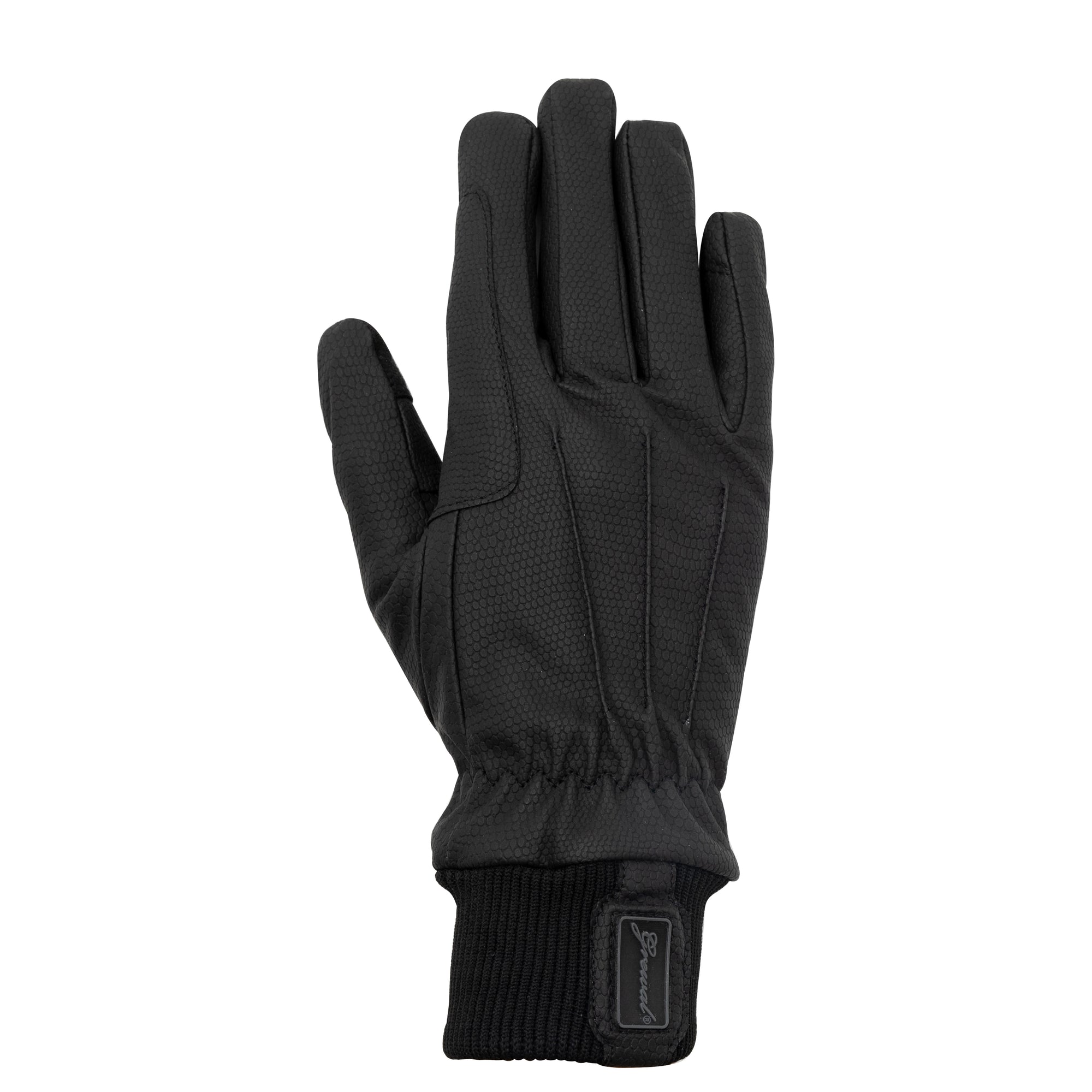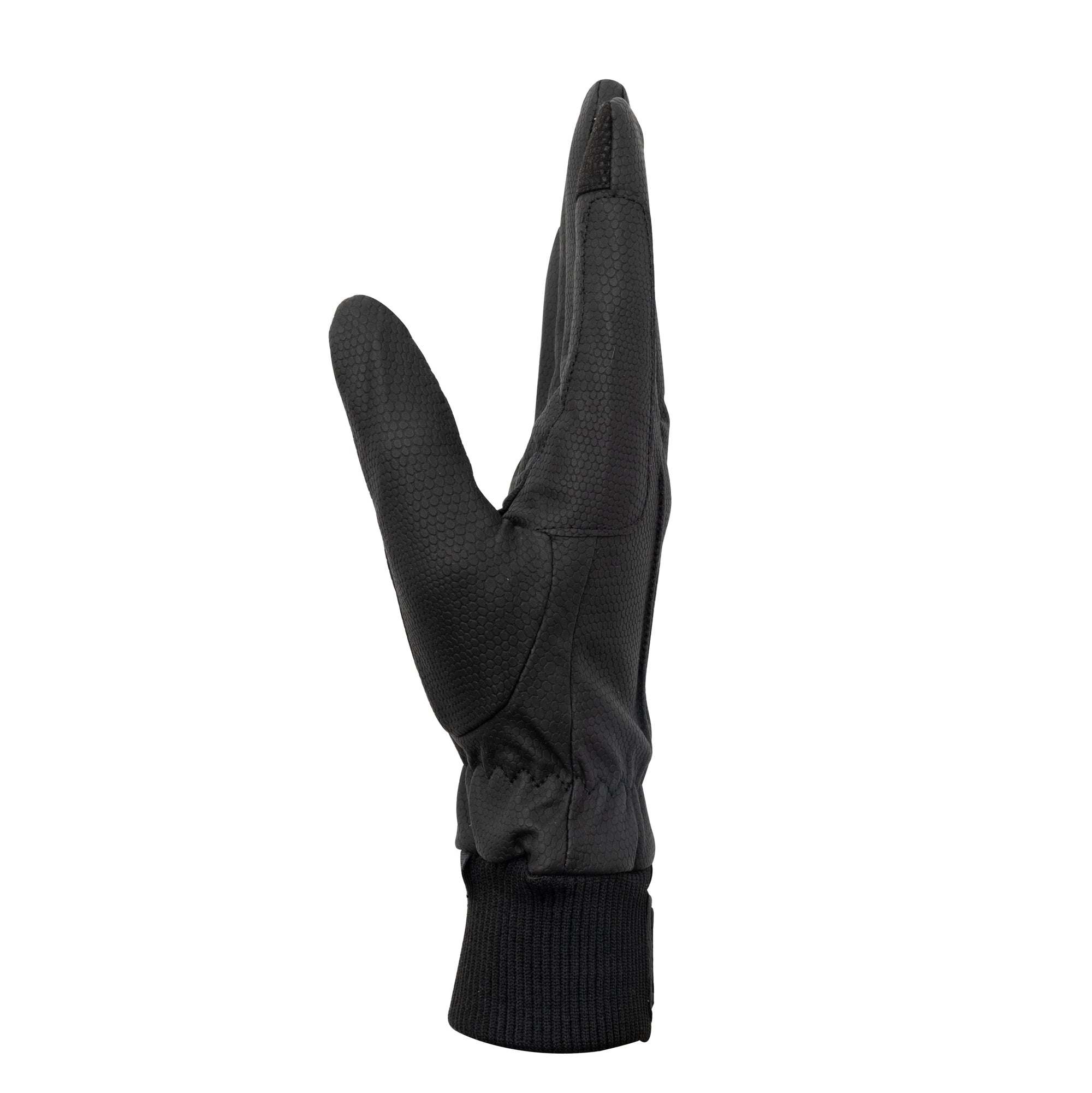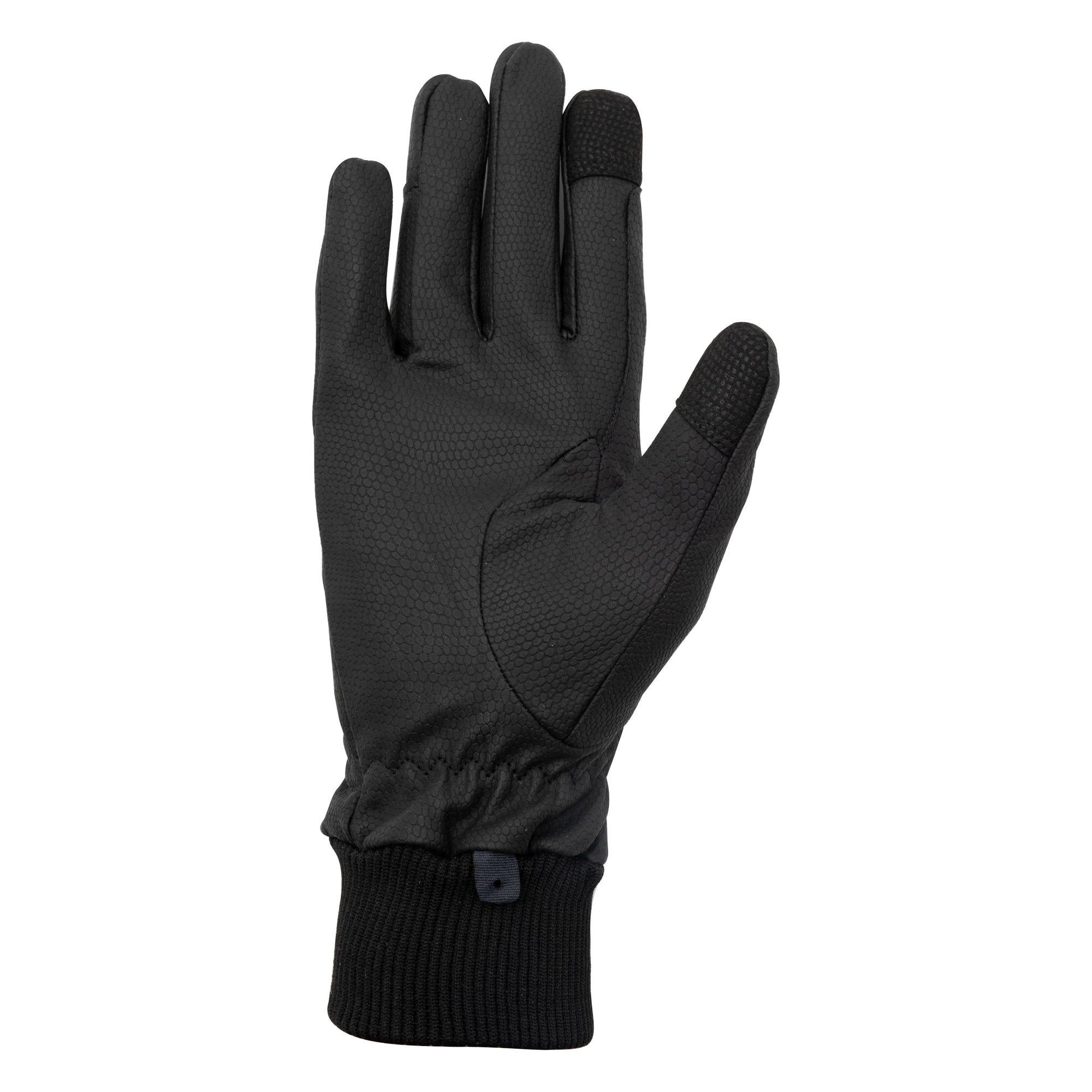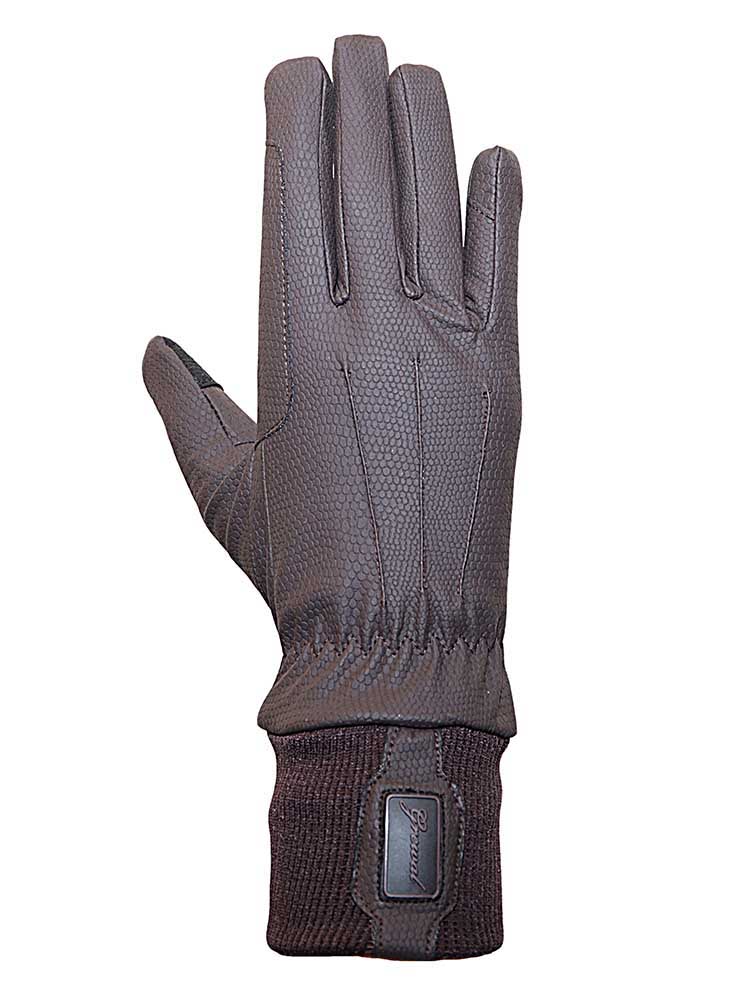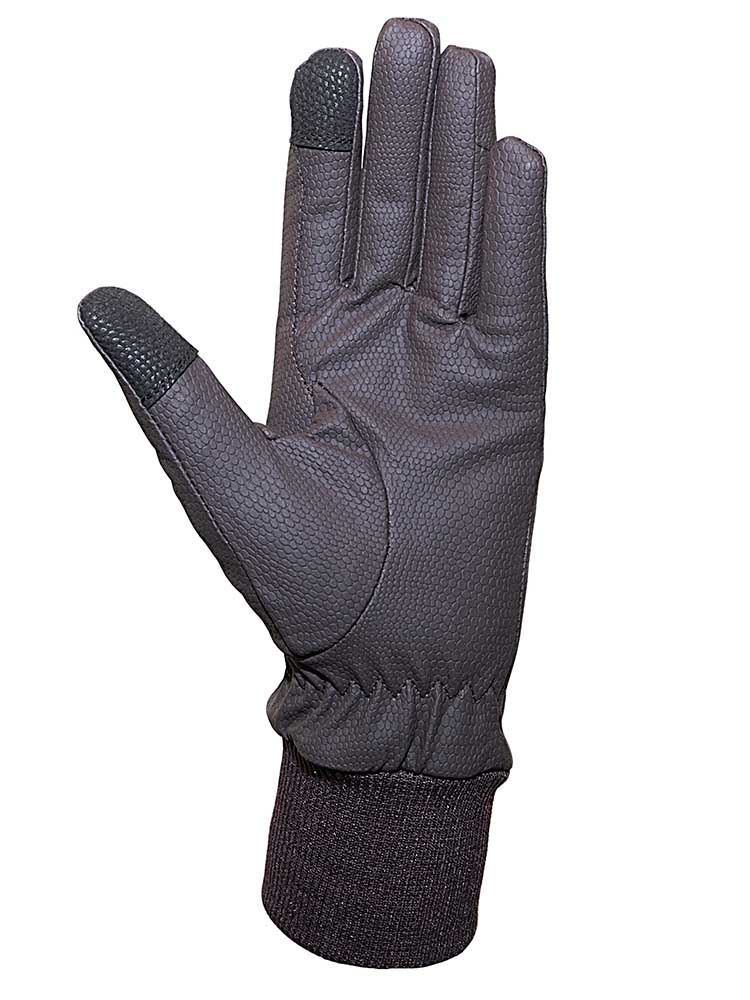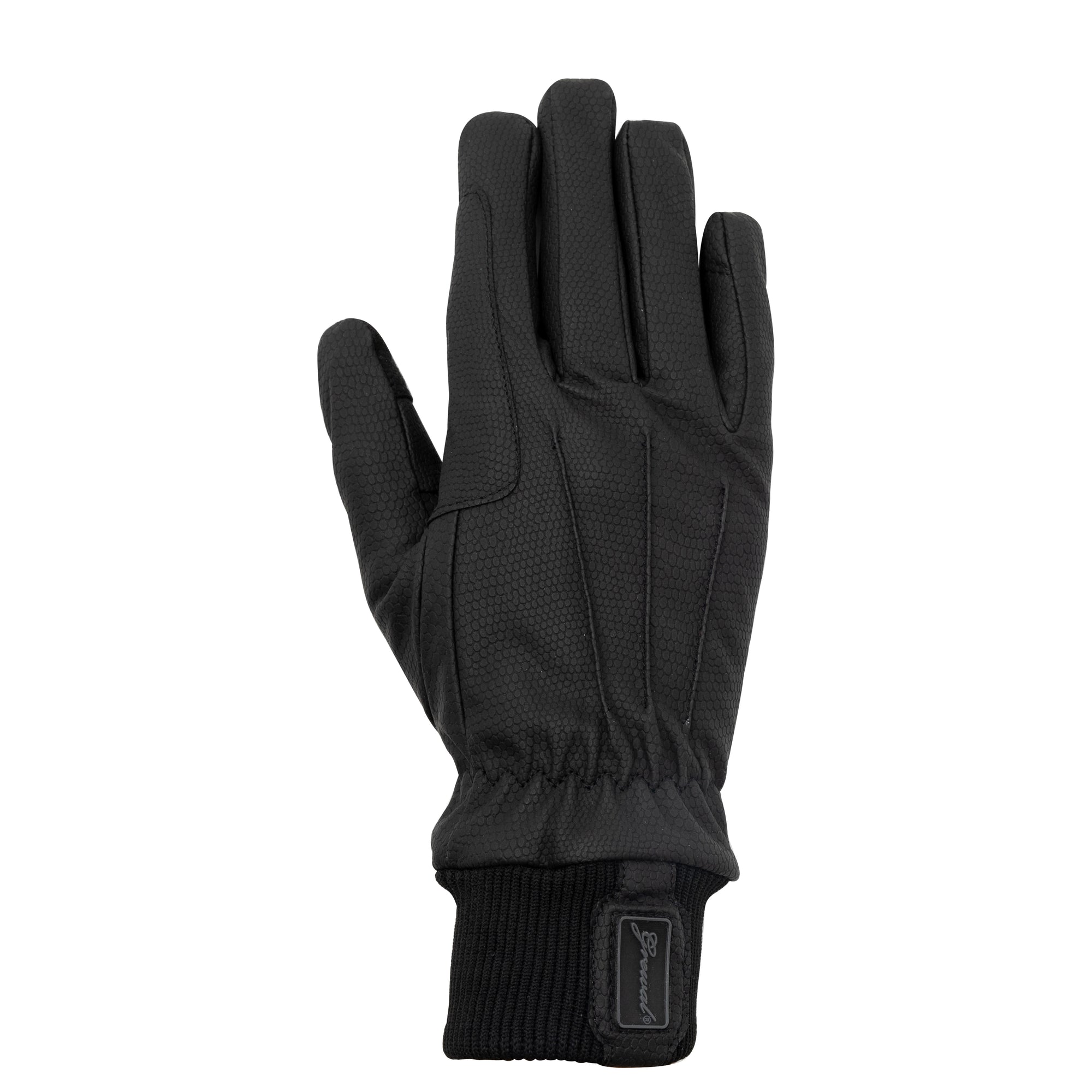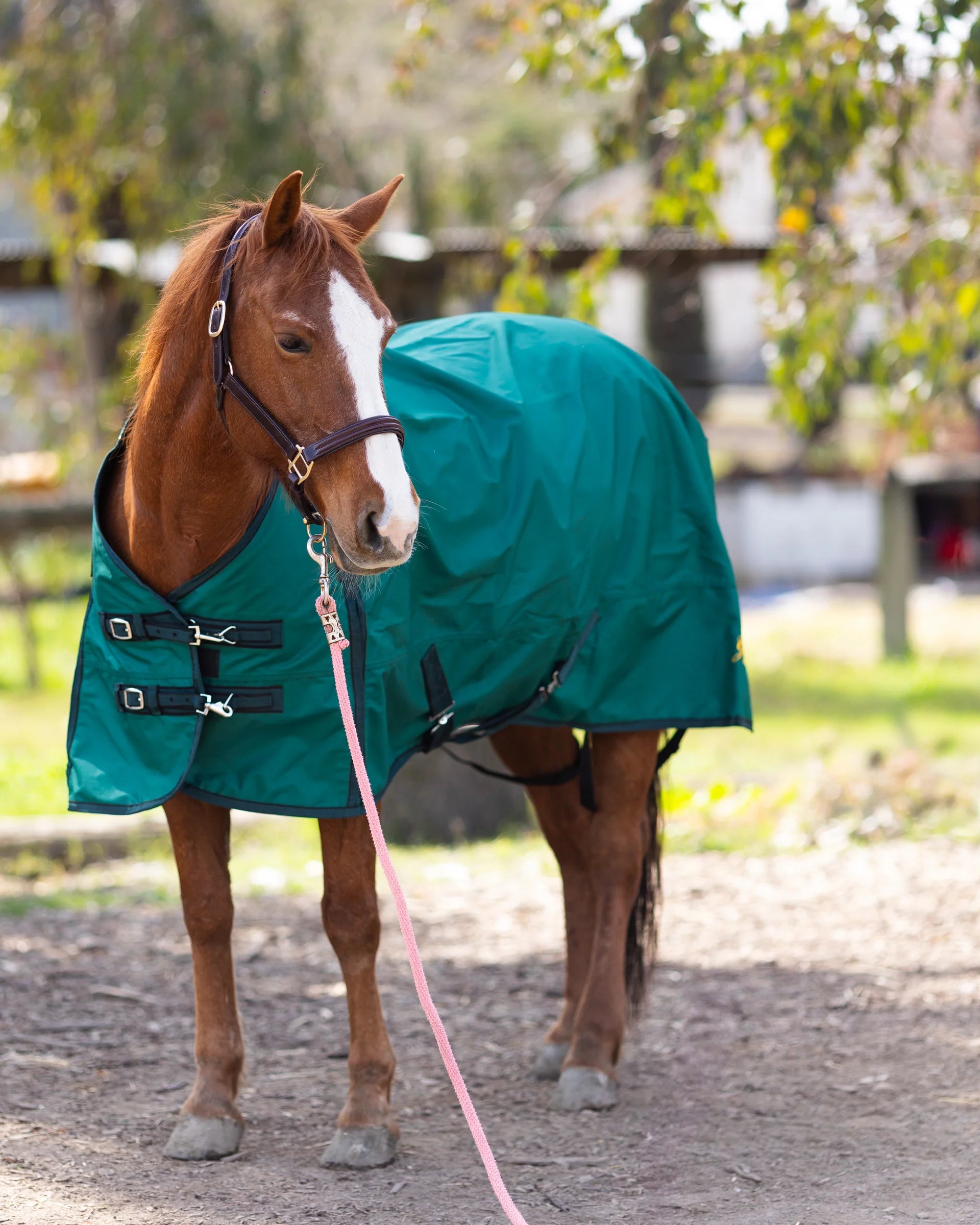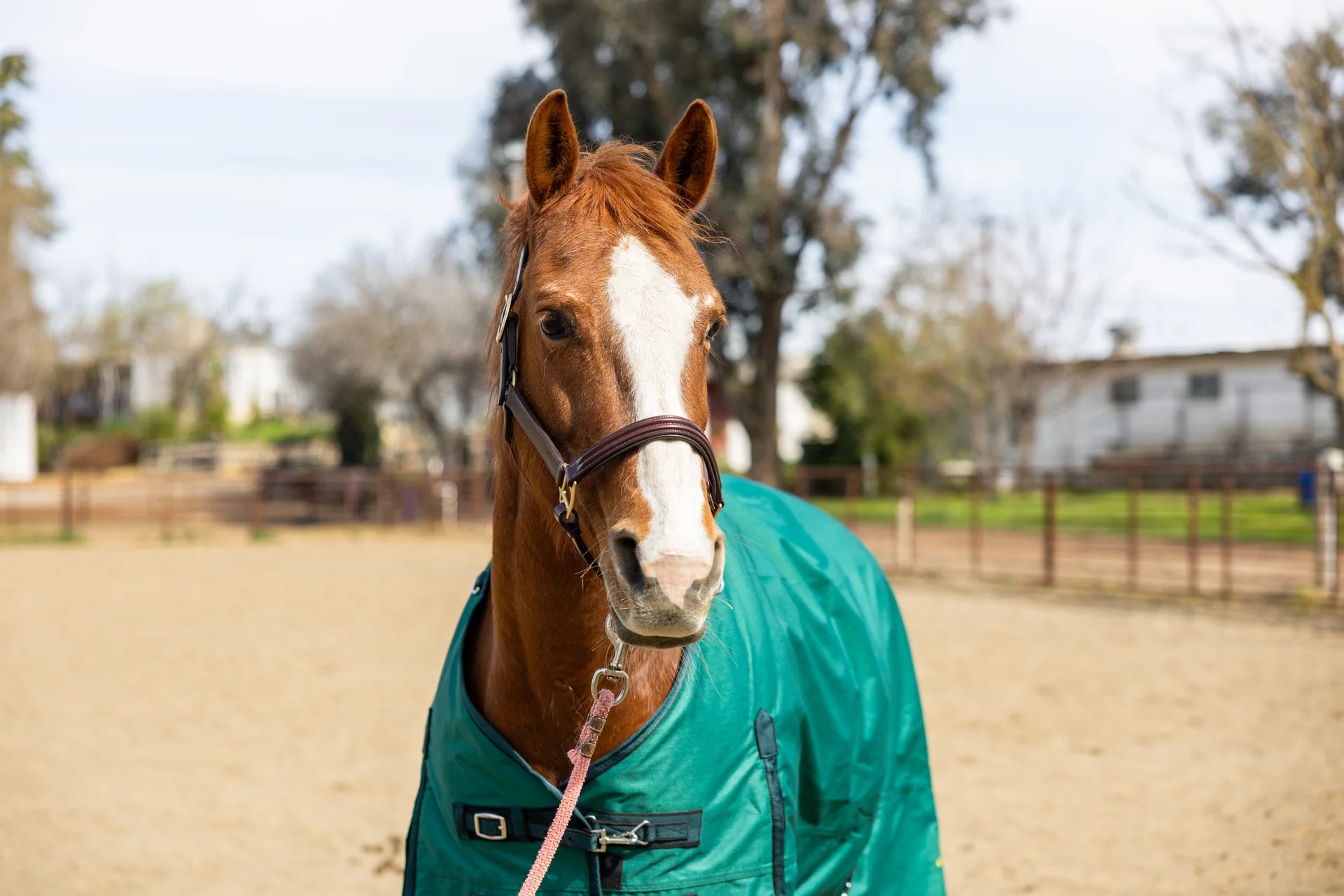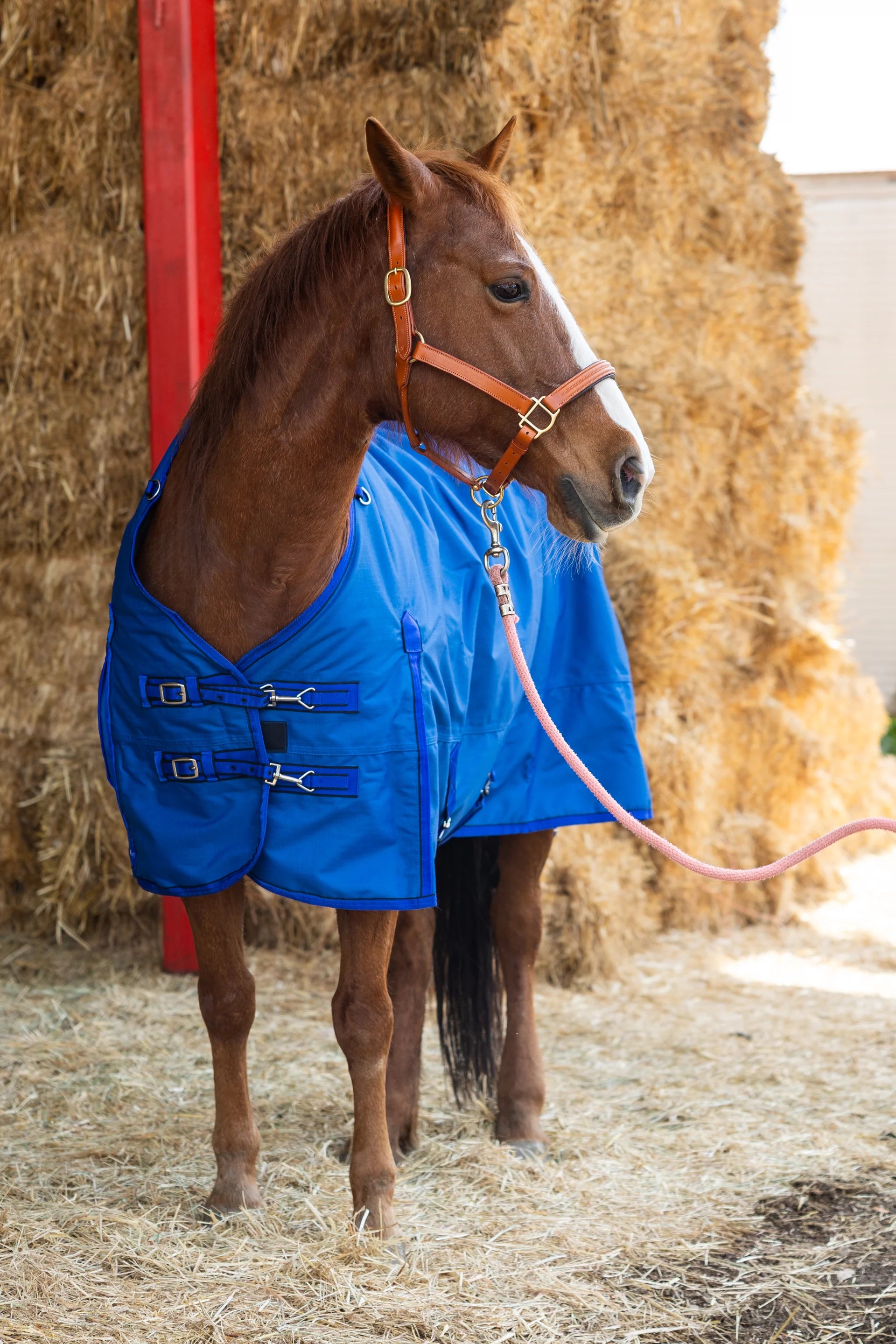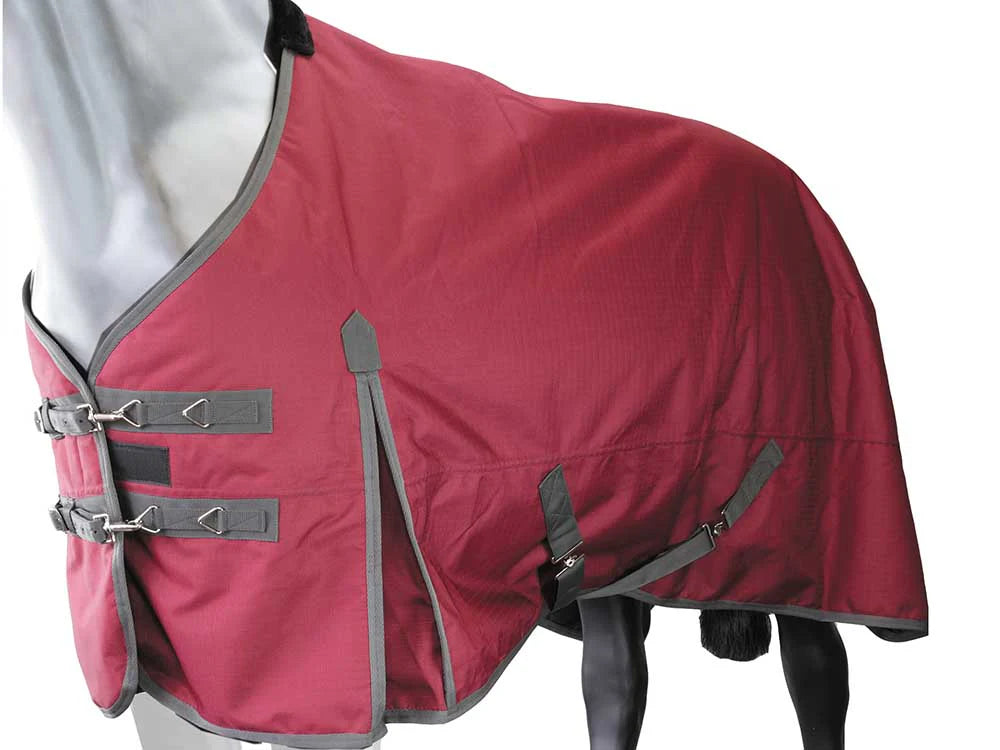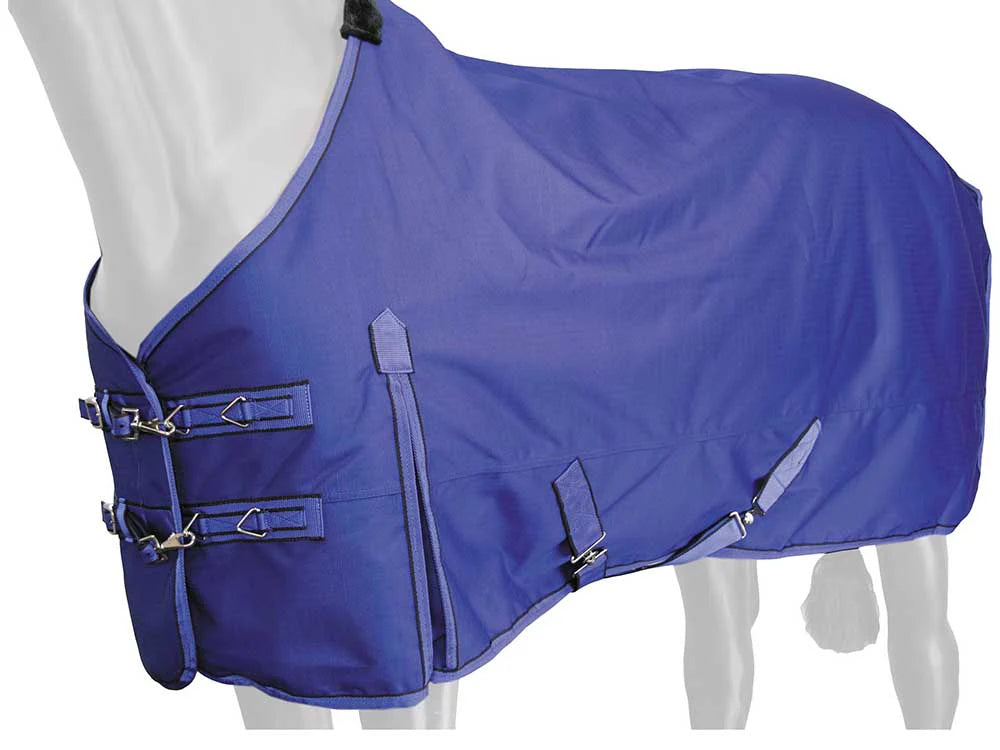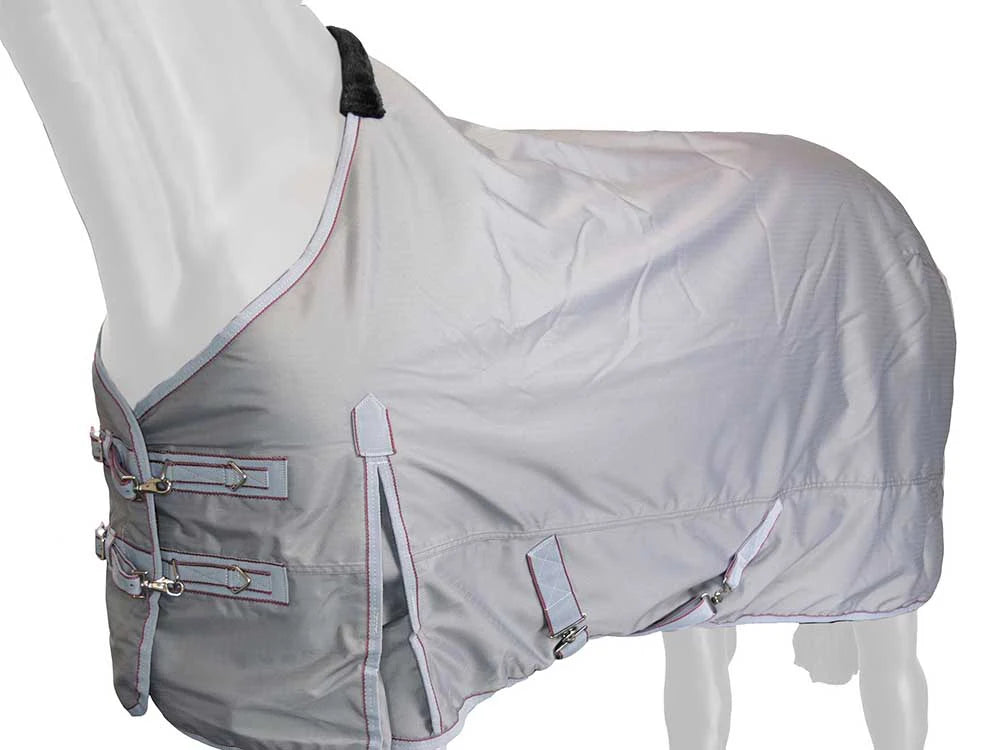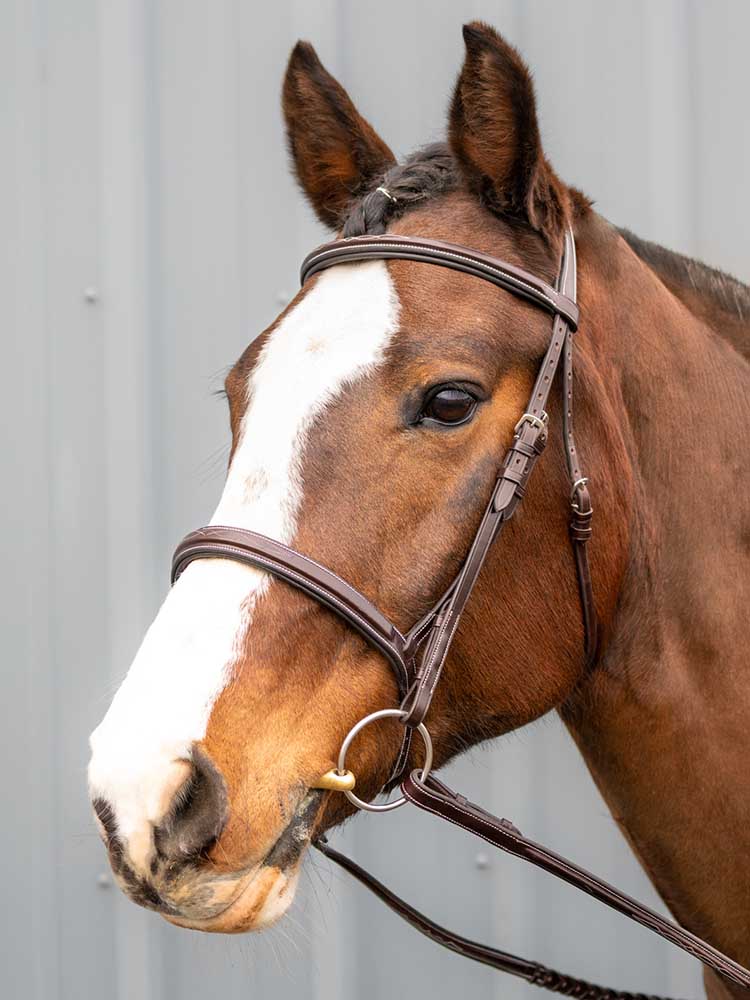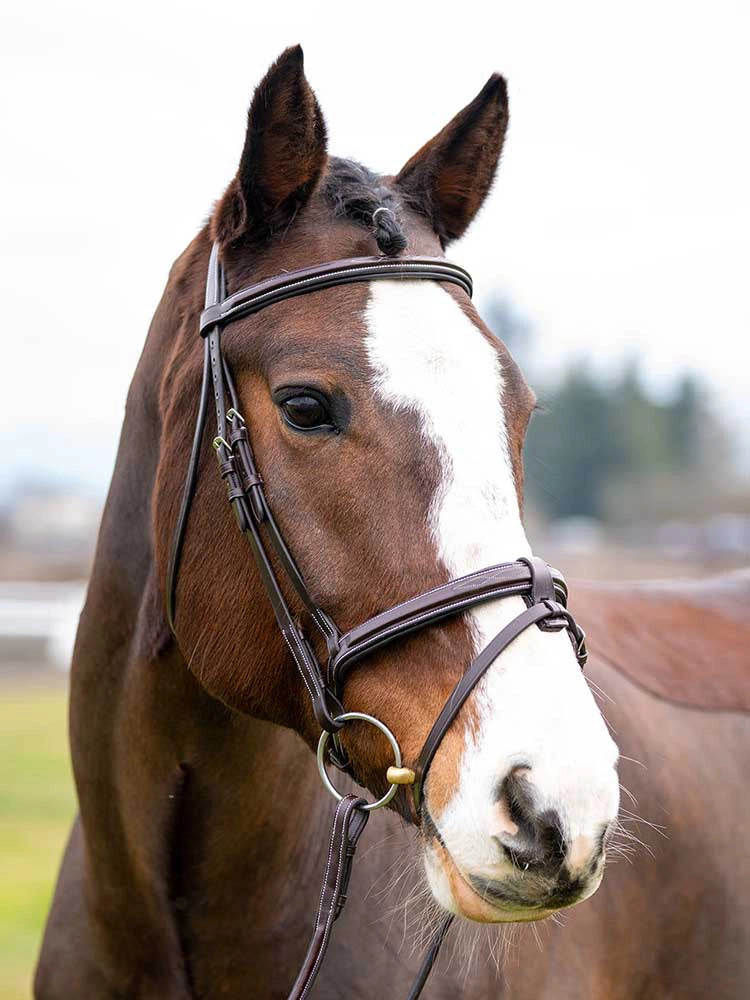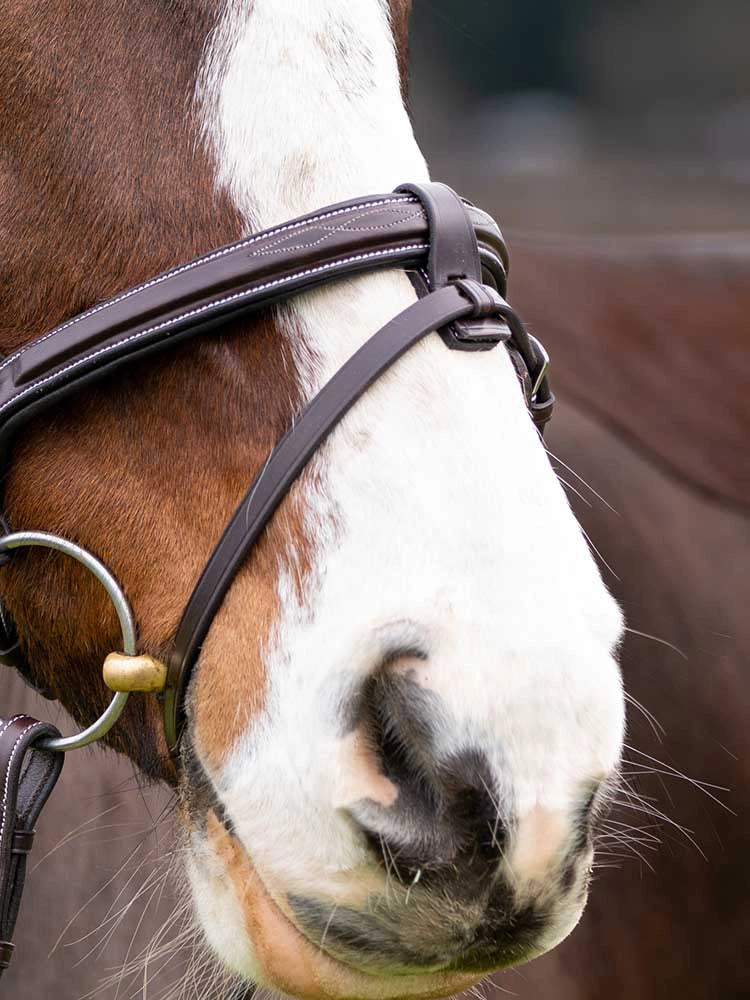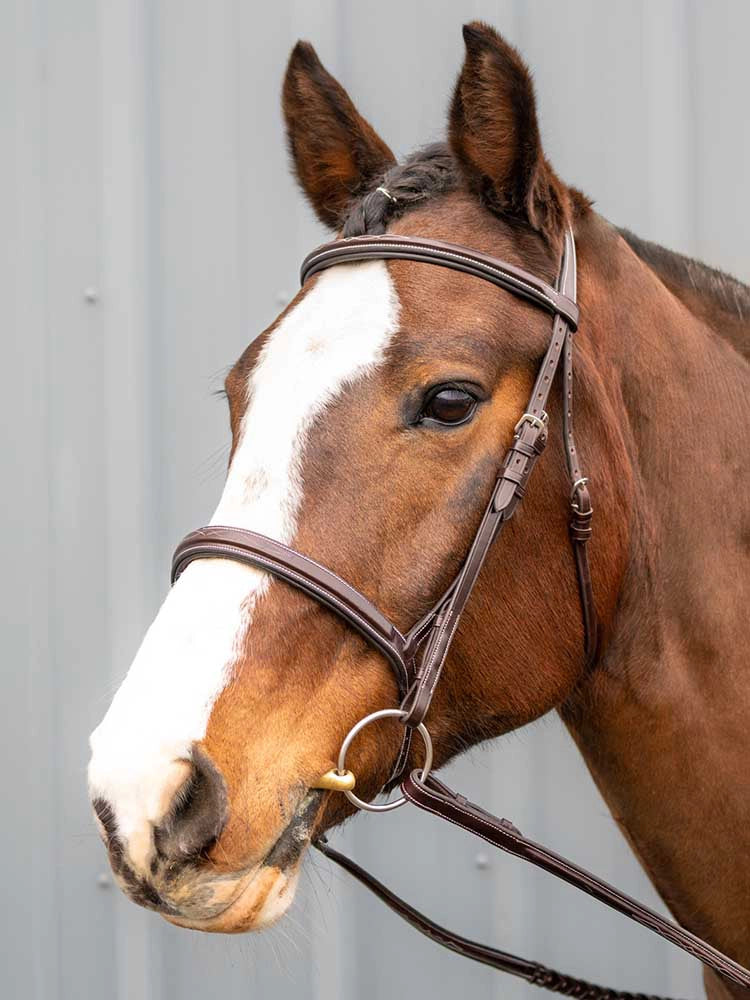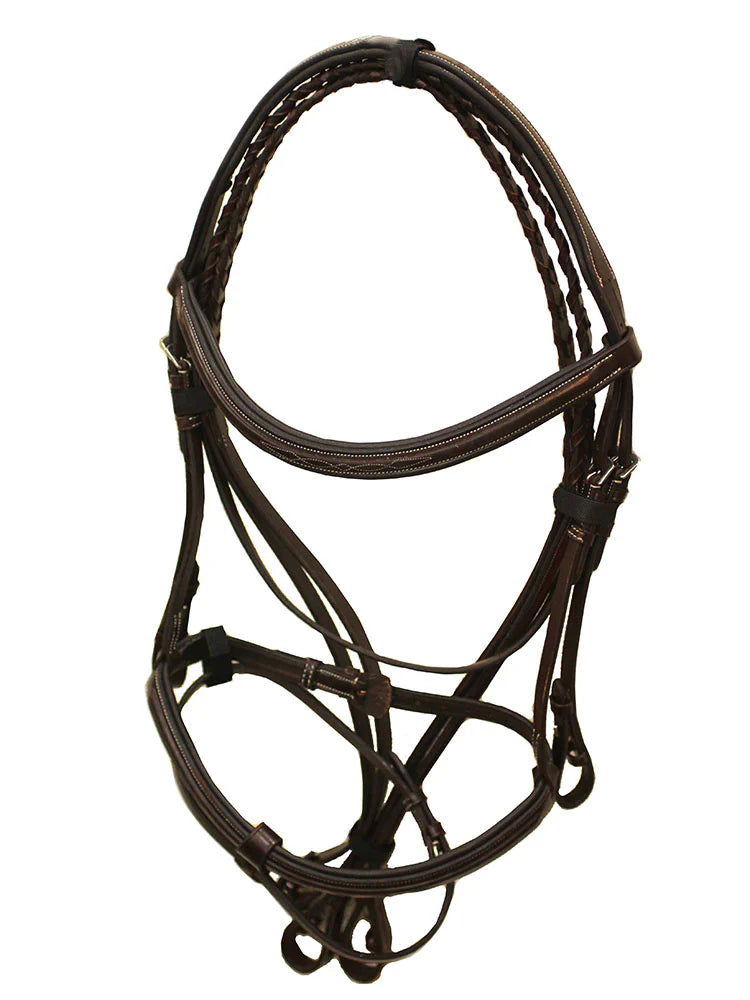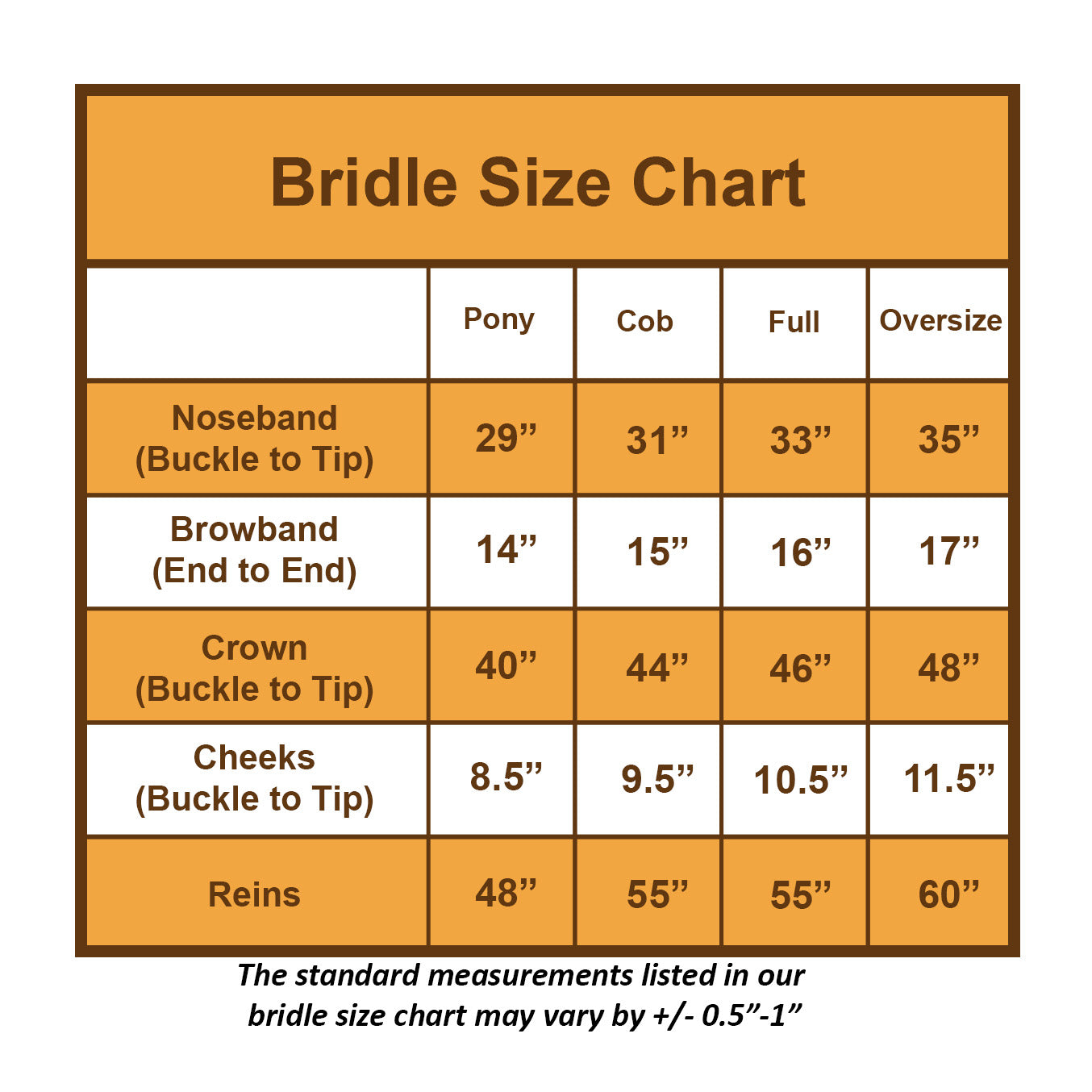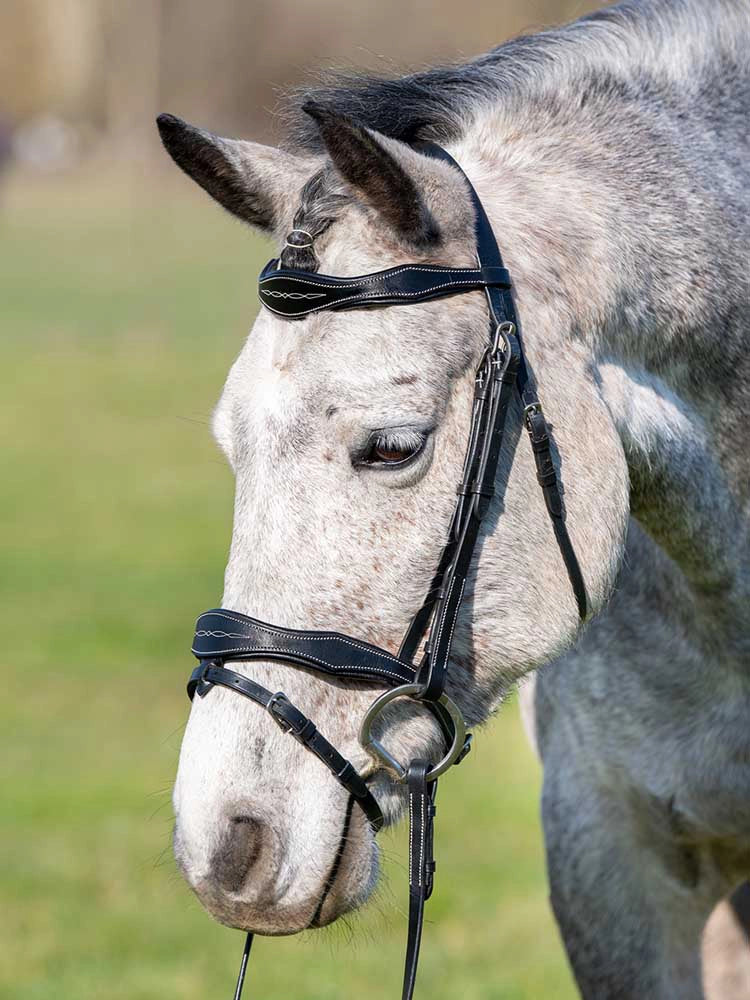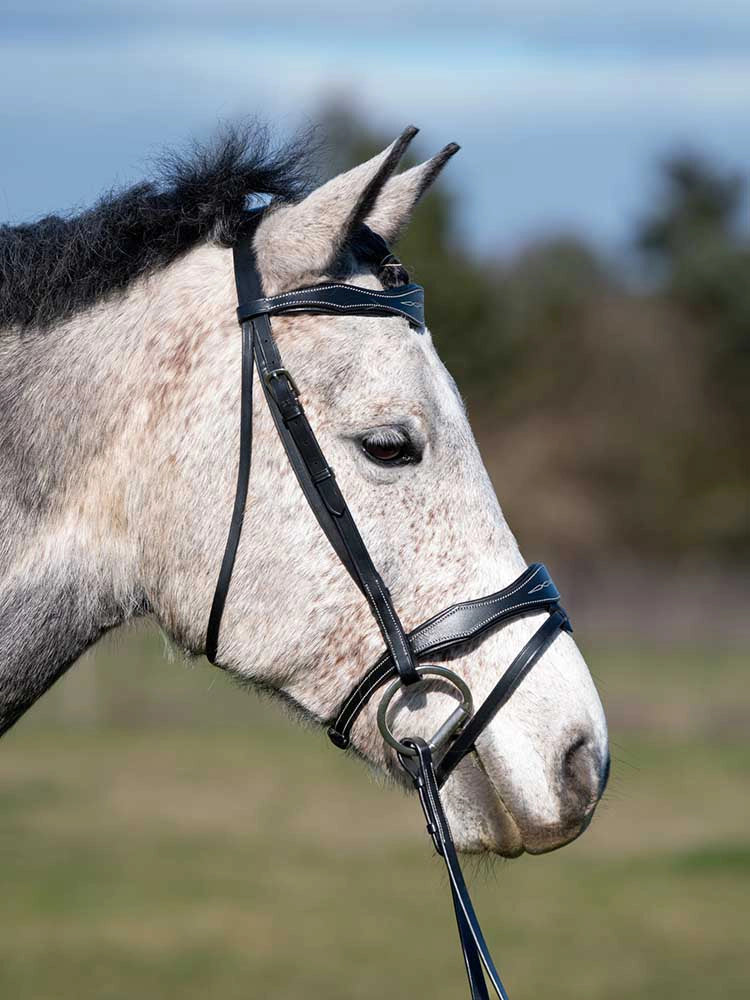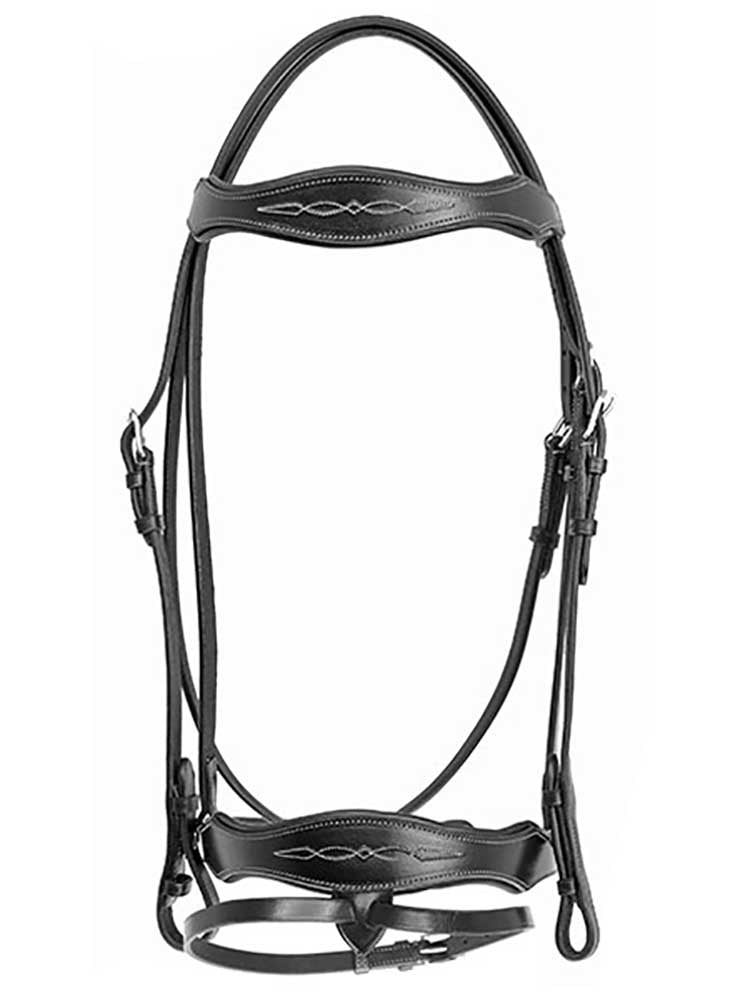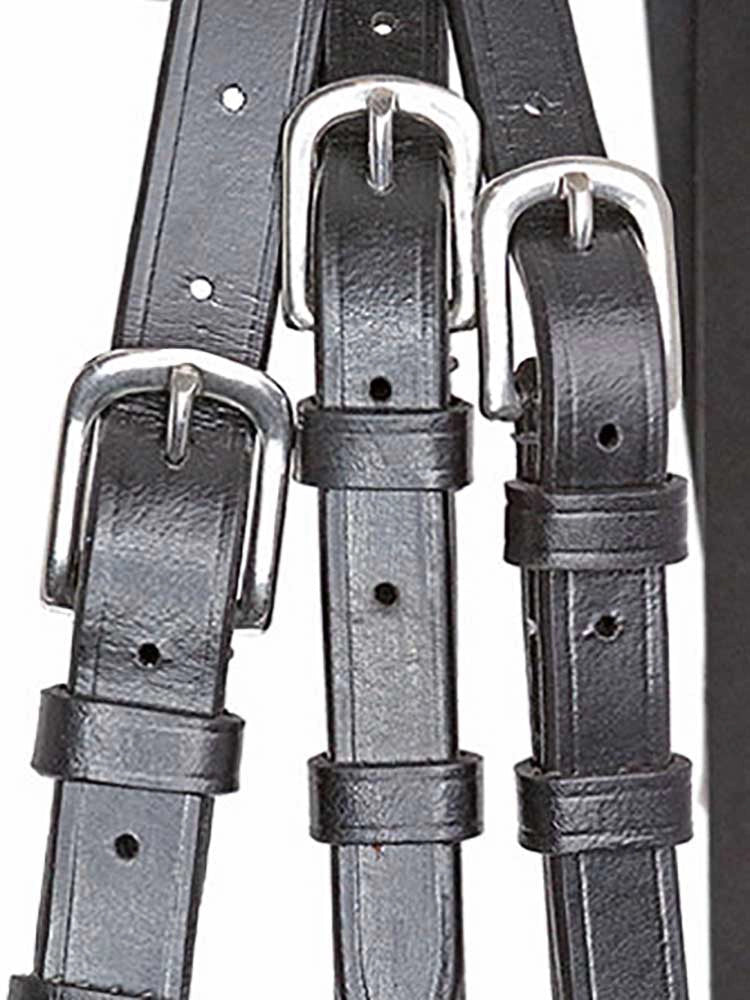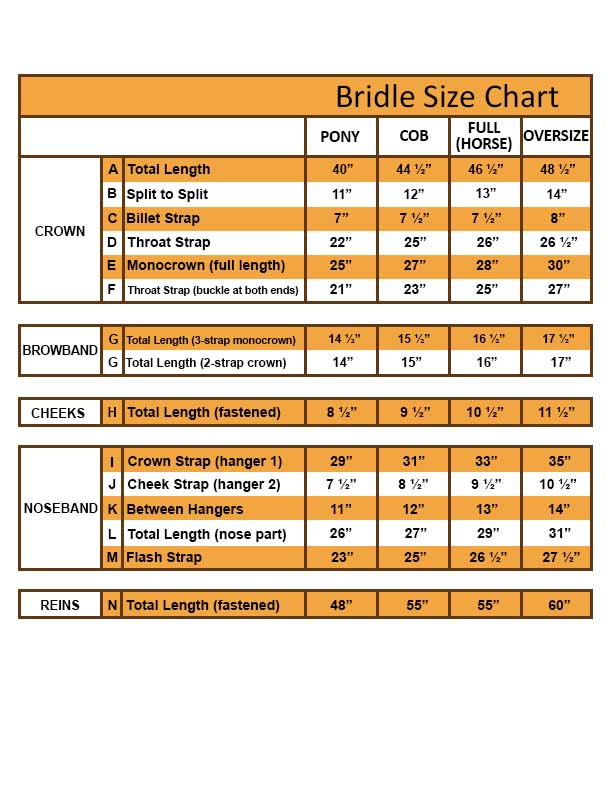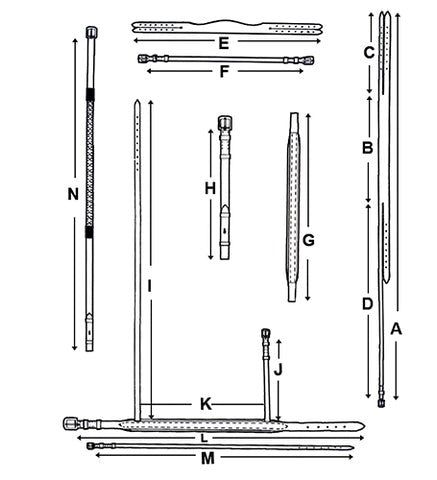Equestrians are more aware than ever that properly fitting tack is essential for their horse’s performance, comfort, and trust. Saddle fit has long been a top concern, but the importance of another critical piece of equipment, the bridle, is often overlooked.
The horse’s head is one of the most sensitive parts of the body, filled with nerves, muscles, and delicate pressure points. That’s why knowing both how to fit your bridle and how to put it on a horse correctly is essential for your horse’s comfort and your riding success.
Step-by-Step: How to Put a Bridle on a Horse
Here’s how to put a bridle on a horse safely and correctly:
-
Start with a haltered horse. Begin in a quiet area. Put a halter on your horse and secure him in cross ties or with a lead rope.
-
Remove the halter carefully. Unbuckle the halter from around the horse’s nose but keep the crown over the neck to maintain control.
-
Hold the bridle correctly. Stand on the left side of the horse. Hold the crown of the bridle in your right hand and the bit in your left hand.
-
Position the bit. Gently guide the bit into the horse’s mouth by slipping your thumb into the corner of his lips to encourage him to open.
-
Lift the bridle over the ears. Once the bit is in place, lift the crown piece up and over your horse’s ears, being gentle not to bump or fold the ears harshly.
-
Adjust the browband and noseband. Center the browband and secure the noseband and throatlatch. Double-check that nothing is twisted.
-
Secure the throat latch and noseband. Use proper tension—tight enough to stay in place, but not so tight as to cause discomfort (see below for fitting tips).
How to Fit a Bridle for Your Horse’s Comfort
Correct bridle fit is more than just adjusting a few straps. Ensure the entire bridle works with your horse’s anatomy, not against it.
Key Bridle Fitting Points:
-
Crownpiece: Should sit comfortably behind the ears. You should be able to slide a flat hand underneath. If the browband is too tight, it will pinch the base of the ears and create pressure at the poll.
-
Browband: Should lie flat across the forehead, with 1–2 fingers of space between the base of the ears and the band.
-
Throat latch: Should allow you to fit four fingers turned sideways between the strap and your horse’s jaw. Too tight, and it will cause pinching and restrict movement at the poll.
-
Noseband: Whether you use a cavesson, crank, or flash, it should be snug but not tight. You should be able to fit two fingers between the band and the bridge of the nose. A too-tight noseband can cause discomfort or resistance when chewing or flexing.
-
Cheek pieces and bit height: A correctly fitted bit should cause one or two small wrinkles at the corners of the horse’s lips. If it stretches the corners too much or clanks on the teeth, adjust the cheek pieces.
Signs Your Horse’s Bridle Doesn't Fit Properly
Be on the lookout for common behavioral signs that may indicate discomfort or improper bridle fit:
-
Head tossing or head shaking
-
Gaping mouth or resistance to the bit
-
Tension in the poll or neck
-
Uneven sweat marks, especially behind the ears
-
Shortened or choppy gait
If you notice any of these, it’s time to check the fit of your bridle.
The Importance of Modern Bridle Design
Thankfully, bridle designs have come a long way. Modern anatomical bridles are shaped to reduce pressure points, especially around the sensitive poll and ears.
At Grewal Equestrian, we offer a range of thoughtfully designed bridles to support optimal comfort and performance. For example:
-
Munich Square Raised Bridle: Features anatomical shaping and soft padding for everyday and show use.
-
Wicker Braided Monocrown Bridle: Designed for an elegant look with poll relief and soft padding.
-
Marco Simone Italian Leather Monocrown Bridle: Combines anatomical shaping and a sleek groove crownpiece to eliminate bulk behind the ears.
-
Danube Dressage Bridle with Clincher Browband: Elegant and ergonomic, perfect for horses sensitive around the poll.
Many of our bridles also include channel crownpieces that allow the noseband strap to sit flush within the crown, minimizing bulk and creating a cleaner, more comfortable fit.
Leather Quality Makes a Difference
Even with proper fit, if the leather is poor quality, the bridle may never be truly comfortable. Rough or stiff leather can cause chafing and resist the natural contours of your horse’s head.
Grewal Equestrian uses only top-quality, buttery-soft leather in every bridle. Our leather is flexible from the first use and designed to hold up to daily wear with comfort in mind.
Shop Quality Bridles at Grewal Equestrian
Whether you're learning how to put a bridle on a horse or refining your tack collection with an anatomically shaped design, investing in a well-fitted, high-quality bridle is one of the best things you can do for your horse.
Explore Grewal Equestrian's full collection of bridles and choose the perfect fit for your riding goals.



